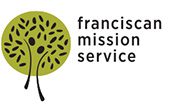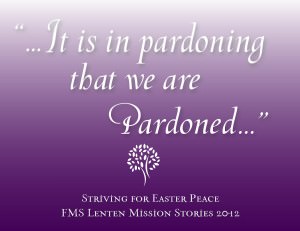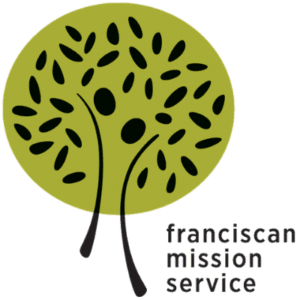“Pardoning that we are pardoned” – A Guatemalan Healing Ritual
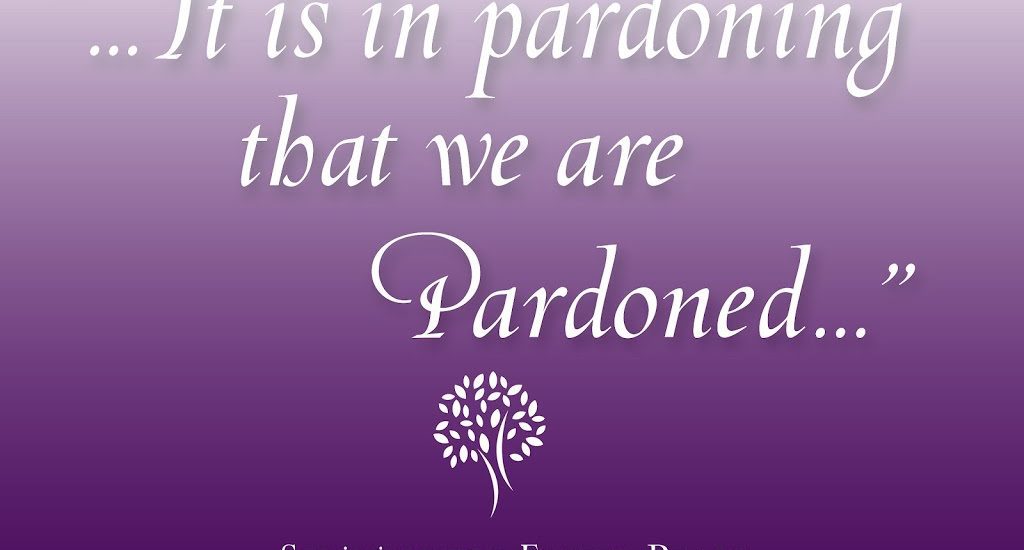
In Luke’s Gospel, Jesus tells us, “Forgive and you will be forgiven.” We know that forgiving others begets forgiveness from God, but sometimes we are challenged to forgive ourselves. Or, perhaps our challenge comes not in forgiving but in forgetting or moving on.
Rather than foster anger, resentment or sadness, our journey for Easter peace calls us to release that heartache. We are to pardon ourselves of that stress and walk afresh with God. Missioner Kathy Snider experienced this relief while serving with FMS in Guatemala from 1998 to 2000.
Kathy continues her service today as executive director and lay missioner of Ixcan Ministries, and shares with us this story:
“You raise me up to new life: You dry my tears, and guide my feet on straight paths” Psalm 116:8
“‘It’s the flowers and the river… at 6 a.m.,’ Sabina, my neighbor, said in response to my question, “Is there a healing rite for sadness?” We were sitting at the table of her dirt floor kitchen. Sabina’s 65-year-old mother, Rosa, listened attentively.
I’ve lived in Santiago, Ixcan for 10 years now. Even so, I feel as though I’ve just touched the surface of the rich Mayan culture. Recently, I renewed a commitment to learn and experience as much of the local culture as possible within the time constraints of my life and as opportunities arise.
Doing so is consistent with a recent study I did along with the rest of our church’s lay leaders. The focus was on a spirituality of mission and it was noted that ‘we cannot think of a spirituality of mission outside the context of the world in which we live.’ Context was defined as the place and time, the culture of the people and the group of persons (youth, elderly, adults, children) where the mission is carried on, together with the life experience of the missioner.
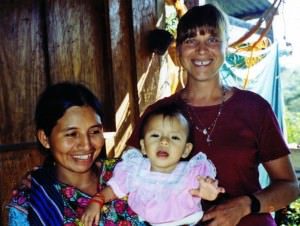 |
| Kathy Snider on mission in Guatemala |
These past months I’ve experienced losses on various levels, from the death of dear friends, to the ending of a significant relationship and my own resulting personal journey of pain and grief. I consciously chose to feel the pain rather than to stuff it down or deny it, and I made space and time for grieving and forgiving through solitude and contemplative prayer. I also reached out to friends and found myself led to open up to other ways that God might wish to help in my healing process.
I had heard that there was a Mayan healing rite/prayer for ‘susto’ – fright caused by trauma, resulting in emotional or even physical illness. I was curious to know if there was a cure for sadness, so I asked my neighbor, Donna Rosa, an experienced midwife and natural healer.
‘Oh, yes,’ and sadness is easier to cure than ‘susto, she assured me. ‘Could you do it with me?’ I asked. ‘Yes,’ she nodded and began to explain. The cure would require three separate visits at daybreak to the nearby Jordan River and we would need flowers of distinct colors. We selected dates and made our plans.
I am a big fan of flowers and we are blessed to live in a tropical jungle filled with a variety of exotic plants having all sorts of sizes, shapes and colors. At dusk the evening before our first ritual, Donna Rosa carefully picked marigolds, roses, hibiscuses and unnamed others, all with their vibrant reds, yellows purples, gold. Out of these she created seven small bouquets of exquisite beauty, placed them in a small plastic basin filled with water. She set them overnight in a spot where they would get the morning dew – also referred to here as ‘the water from heaven.’
Next morning at 6 we walked the dirt path to the Jordan through the morning mist and golden early light with our plastic basin filled with color. ‘It is important that we go to a place where the current is strong,’ advised Rosa, as we entered the river. The ankle deep water was cool and refreshing as it swirled over my feet, a hint of purification and change. We stood at a place in the riverbed where the water level was low but the current strong. Then we prayed.
Donna Rosa is a committed evangelical Christian and her prayers for my healing were heartfelt and spontaneous. She acknowledged the Spirit of God in all of creation – the river, the air, the clouds, the flowers – always praying in the name of Jesus. Lastly, we both prayed a blessing over the flowers and the water in which they floated. Then she told me, ‘Close your eyes and do not open them until I tell you.’
Praying continuously, she dipped one of the bouquets into the water of the basin and began to sweep it over the top of my head and moving down methodically with the same sweeping motion over my whole body. She paid particular attention to my face, brushing gently over my eyes, cheeks and lips. I smelled the scents of wet marigolds and each of the others and I basked in the gift of water, flowers and prayer.
After sweeping over my whole body, Donna Rosa said, ‘Mira, usted’ (take a look). As I opened my eyes, she threw the bouquet into the flowing stream. Those beautiful little flowers which seemed to be filled with my sorrow and pain now got carried away with the current… away from my heart and soul.
‘Ya se fue,’ she said. ‘It’s gone. It has left.’ This process was repeated with each of the remaining six bouquets.
Finally, all that remained was the water in the plastic basin with the remnants of the flowers, now just multi-colored petals. Rosa instructed me to wash my face with the water and as I cupped in my hands that blessed water mixed with the petals and splashed it over my face over and over again, I felt it washing away the sorrow, the resentment, the self-pity that comes with painful endings.
With water dripping from my fact, I looked up and smiled at Rosa. With a motherly return smile she took my hand, grabbed the empty plastic basis and we walked out of the river to the pathway home.
I remembered the words of St. Benedict’s Rule, ‘Always, we begin again.’ At that moment I deeply believed it. That is resurrection!”
Tagged in:
